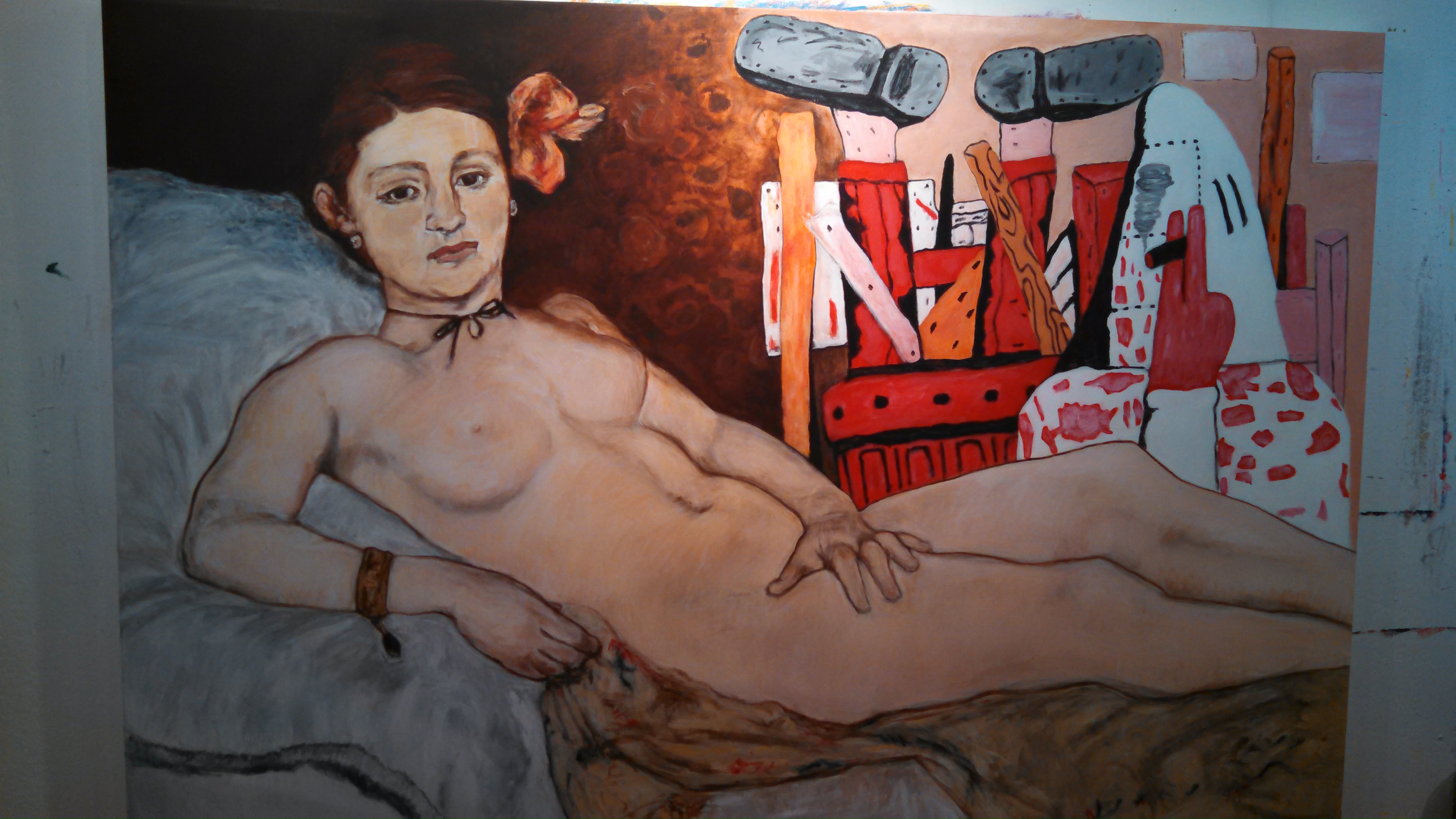
04 Aug Elaine Fischer at Art Walk: New Works at Gallery 81435
Manet (1832-1883) was an urban dandy, born in the 19th-century into a well-heeled French family.
Philip Guston came into the world in 1913 as Philip Goldstein. His parents were Ukrainian Jews, who escaped persecution moving from Odessa, Russia to Canada.
Manet became renowned as one of the first 19th-century artists to paint modern city life. He was also a pivotal figure in the transition from Realism to Impressionism.
Guston’s career was marked by constant turmoil and evolution. He emerged in the 1930s as social realist painter of murals, then went on to make a name for himself as an Abstract Expressionist. Later, in response to socio-political upheavals of the 1960s, his work developed into a highly original cartoon-style realism depicting the fearful urban worlds of racism and violence for which he became best known.
Clearly, Manet and Guston do not exactly rhyme. Putting these strange bedfellows in the same context would, on the face of it, seem absurd.
Or pure painterly poetry.
As in the case of painter Elaine Fischer’s new body of work.
Elaine’s new series features mash-ups of iconic artists such as Manet and Guston’s creepy figuration.
The opening of Elaine’s show “Convergence” at Gallery 81435, 230 South Fir Street, takes place Thursday, August 6, 5 – 8 p.m., concurrent with Telluride Arts’ First Thursday Art Walk, a monthly celebration of the local arts scene. For details about other shows around town – there are 21 participating venues – such as Mary Sama-Brown’s wildlife photography at Arroyo, Jane Goren’s vintage windows at La Marmotte and 30th anniversary celebrations at the Telluride Gallery of Fine Art (featuring unique piece by sculptor Maya Lin) – go here.
“This series of new paintings combines diverse images in figurative works. They express a very personal narrative, depicting emotions I have been struggling to understand and accept over the past year and a half. This creative departure pushed me into unsettling and unknown areas of my life, which led to me combining and modifying paintings of women by the great masters – Franz Hals, Eugene Delacroix, Manet, Degas, and John Singer Sargent – with figures that populated the world of the controversial contemporary painter Phillip Guston. The women I reimagined are strong, determined, thoughtful, and curious and from different eras and circumstances. I set them with Guston’s odd and disturbing cartoonish characters. The original works were powerful all by themselves, but in combination, they tell a whole different story, summing up my emotional confusion. The process of making these paintings forced me to go deep inside and face fears, anger, hopes, and dreams. I trust you will find the work as compelling as I found it cathartic.”
One of the images under discussion is a riff on Manet’s famously scandalous “Olympia,” uniquely depicted, cut off at the feet – yes, emotionally stuck in place, unable to move – in a struggle with Guston’s strange and worrisome characters.
Based on Titian’s “Venus of Urbino,” the blatant sexuality of “Olympia” – one Victorine Meurent, Manet’s favorite model – was an affront to accepted standards of decorum. But to Elaine, “Olympia” embodies defiance.
“I chose ‘Olympia’ because she looks directly at you as if to say ‘I know what I’m doing.’ The Guston characters are trying to control her, but she intends to make them go away. Olympia has a fierceness about her despite her circumstances. Can she survive?”
And Elaine?
Friends and family, those who know and admire her, understand Elaine’s ferocious commitment to life. She has been (and will remain) defiant in the face of the physical and related emotional challenges that assail her today.
“Pain” is intrinsic to “pain-ting.” But painting is also medicine.
And that’s at least part of the point – to exorcise pain – of Elaine creating this new body of surrealistic work prominently featuring uninvited intruders.
The metaphor hits with the force of a 2 x 4.
Who wins?
Stay tuned.
Other “Convergences” include an image by Eugene Delacroix, (1798-1863), another 19th-century master and arguably the greatest French painter of the Romantic movement. The subject is “Orphan in a Cemetery.”
“Guston’s mighty veined hand coming from the sky is challenging the protagonist on all levels of her being. What will become of her?,” asks Elaine.
What indeed?
The question runs through all of Elaine’s new work.
And there are no accidents.
In life.
On her canvases.
John Singer Sargent, (1856-1925) was an unrivaled recorder of male power and female beauty in the form of outstanding society portraits. Two of his images provided fodder for Elaine’s extrapolations.
“I chose ‘Woman in Repose’ because of her unconscious state. Are Guston’s characters really there or is she imaging them? What is happening to her?”
“Madame X” is arguably Sargent’s most scandalous work. In the words of art historian Robert Hughes, Virginie Gautreau was:
“ … a huntress from New Orleans who had married a banker and become a monstrously affected social locomotive, cost Sargent some struggle, but in the end her strained, arrogant pose, plus her pale skin (‘uniform lavender or blotting paper all over,’ Sargent wrote) rising like an arsenical lily from the low-cut black dress, caused a sensation. Madame X and her author too, seemed to epitomize what the French disliked about Americans: their pushiness, their refusal to play themselves down as foreigners should…”
“I chose Madame X,” explains Elaine, “because she was a woman who had power in society despite her role as a consort. Here she is with a poor artist (Guston) in his studio trying to make a decision whether she should stay or go. What does she ultimately choose to do?”
More about Elaine Fischer:
Elaine Fischer arrived in town in the 1980s. Fast forward over 30years, Elaine is a high-profile and highly respected member of the community known mostly for her government and nonprofit work: HARC, town council, mayor, and today, county commissioner. Several years ago, however, Elaine decided to return to her roots in fine art and start painting again.
Elaine created her first opus magnum in kindergarten. (The teacher hung it front of the class room for weeks.) In elementary school, she was chosen for a special art program at the Carnegie Institute, one of only 300 Pittsburgh kids chosen to study theory and technique. Elaine attended the course from age 9 – 17, graduating high school with a rock solid background in ceramics and painting. At Rhode Island School of Design, Elaine learned to sculpt. Sculpting lead to a deeper interest in painting – and no wonder: Elaine is the niece of world renowned painter Philip Pearlstein, whose in-your-face, tactile nudes appear to have been sculpted with paint.
Elaine Fischer shares other things with Uncle Phil: adjectives such as sharp, hard, clear, not idealized, in-your-face, that describe the work of Philip Pearlstein can easily be applied to Elaine’s new body of work. (Pun intended.)
As an art form, portraiture falls into two camps: the brush for hire, like Sargent, whose job was/is to enshrine social and public roles; and students of human nature, who tend not to decorate reality. Elaine Fischer’s new work falls in the latter art for art’s sake camp. Pointing her paint brushes straight at her heart, Elaine Fischer winds up revealing bare naked truths about who she really is and how she feels in the moment.
And the fact she is one heck of a painter.
Uncle Phil is very proud.


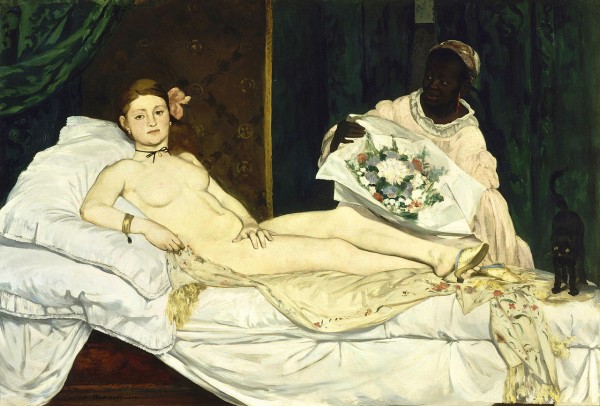
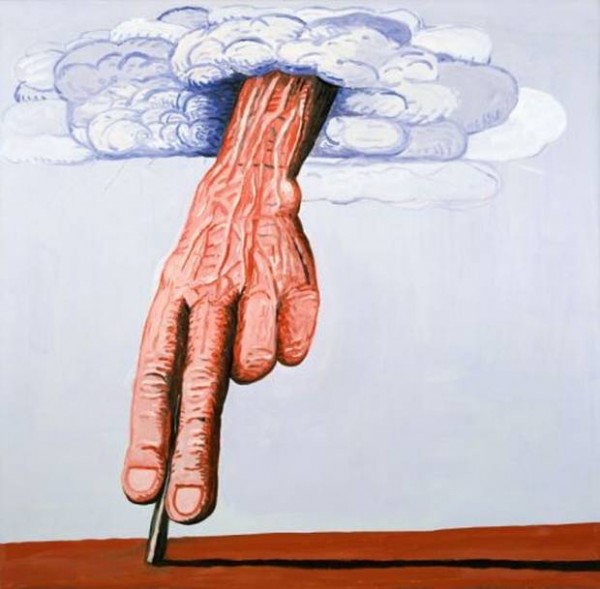
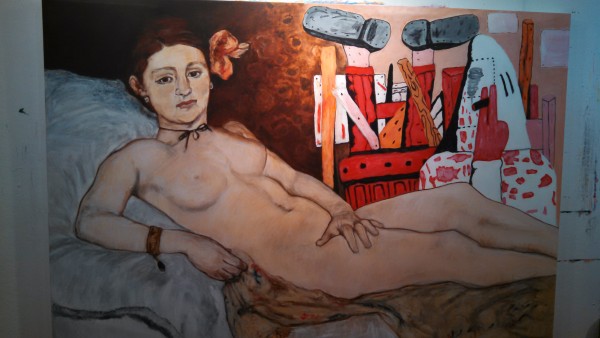
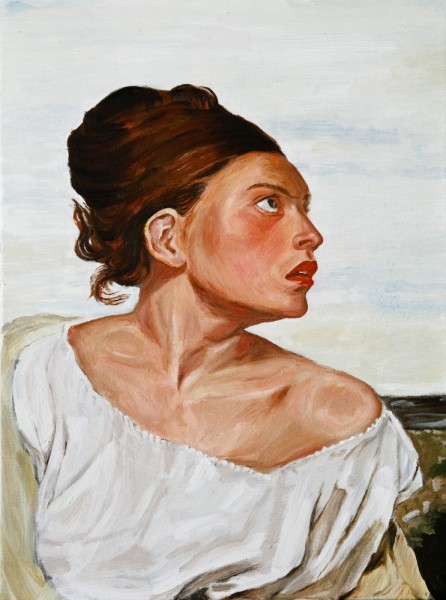
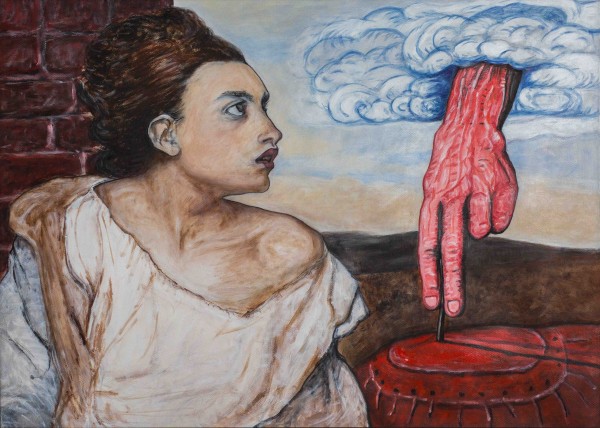
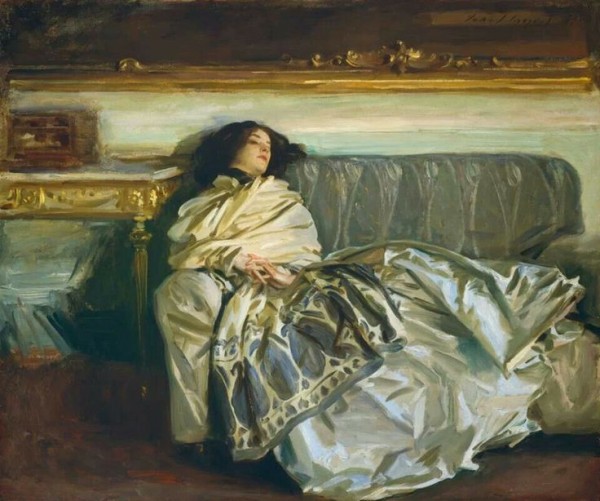
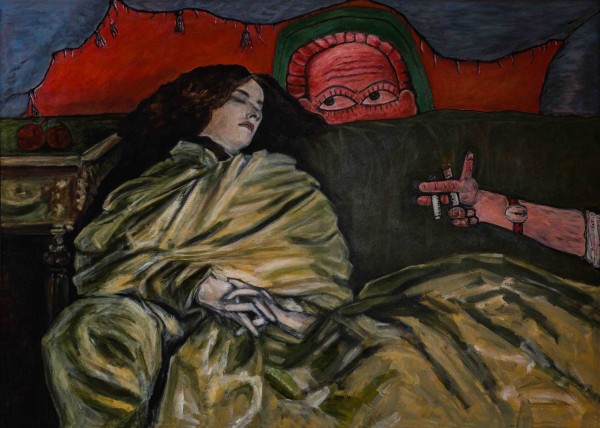
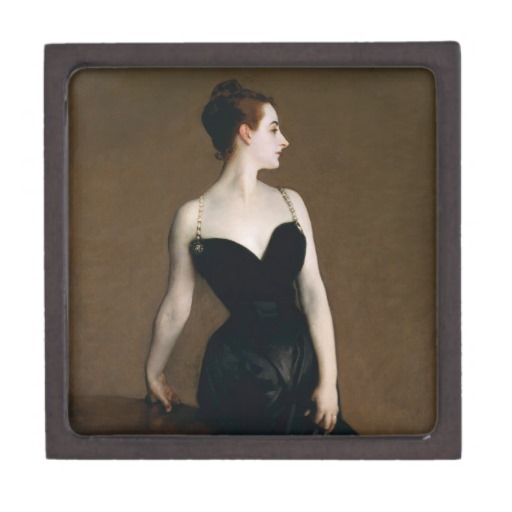
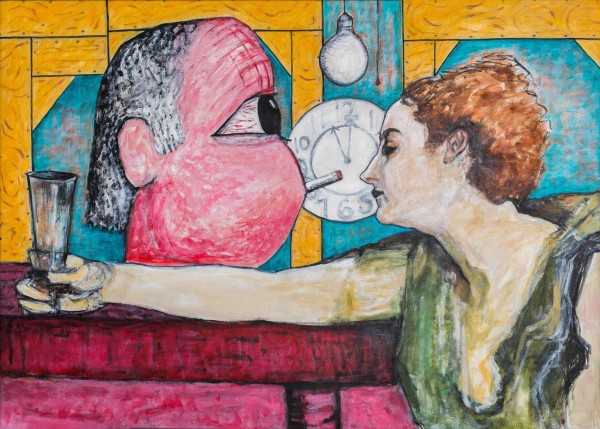
Sorry, the comment form is closed at this time.